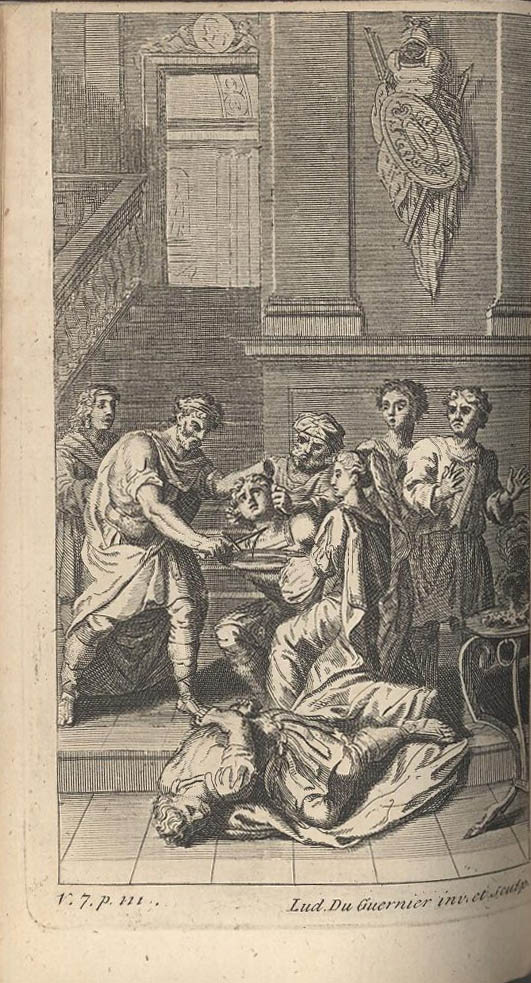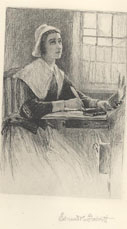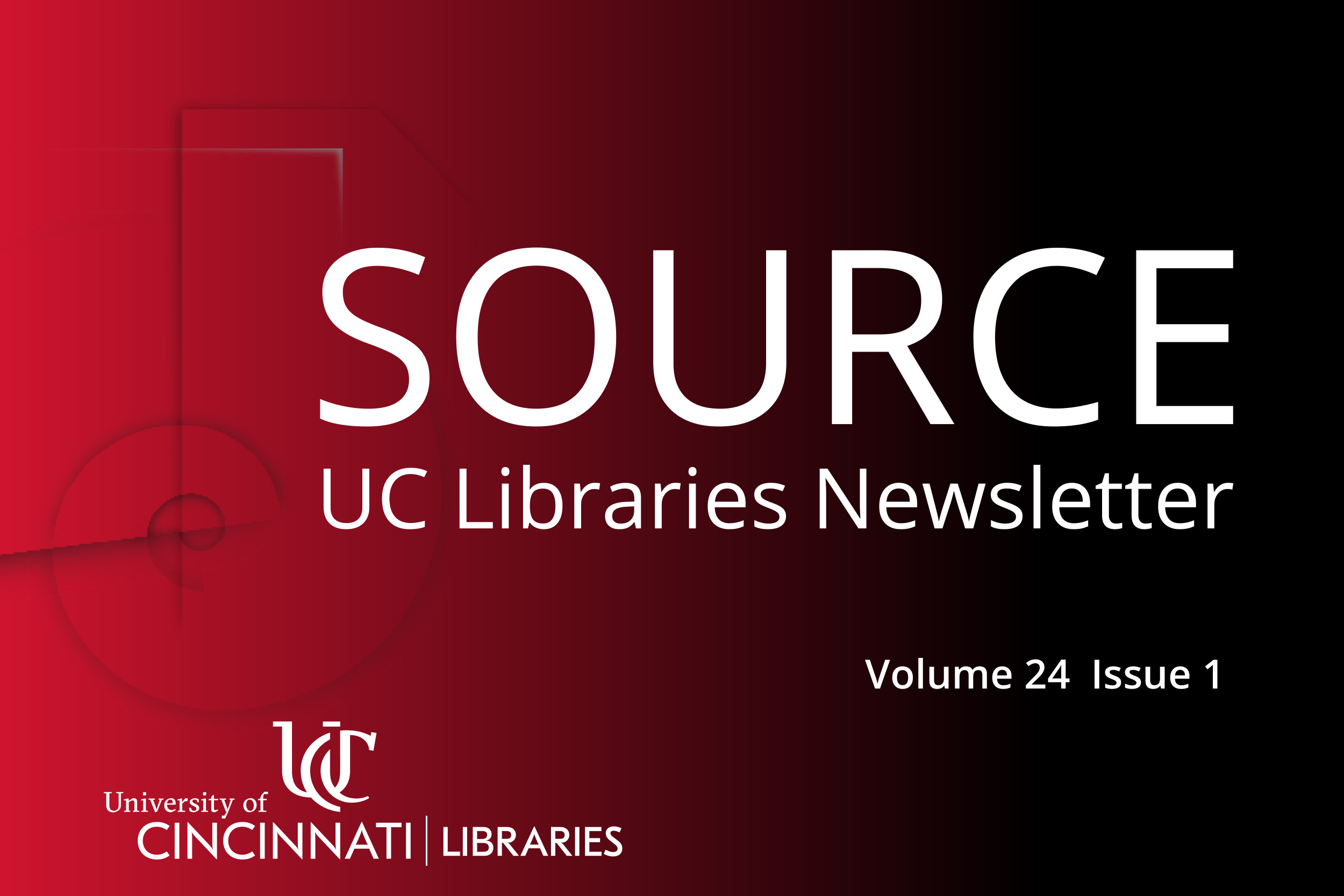
Read Source, the online newsletter, to learn about the news, events, people and happenings in UC Libraries.
In this issue of Source, Liz Kiscaden, dean and university librarian, welcomes Bearcats to campus and we highlight what we did over the summer. We announce a new digital collection, The Daniel S. Young Archives of Medical Illustrations, as well as a collaboration to digitize rare manuscripts. We invite readers to the upcoming Cecil Striker Annual Lecture, “Pharmacy Education in the Queen City,” and to learn more about other Library Events. Chris Platts, assistant professor of art history and frequent collaborator with the Libraries, talks about some of his projects and research interests. And Katie Foran-Mulcahy writes about efforts to re-make the MakerLab in the CECH Library.
Read these articles, as well as past issues, on the website. To receive Source via e-mail, contact melissa.norris@uc.edu to be added to the mailing list.


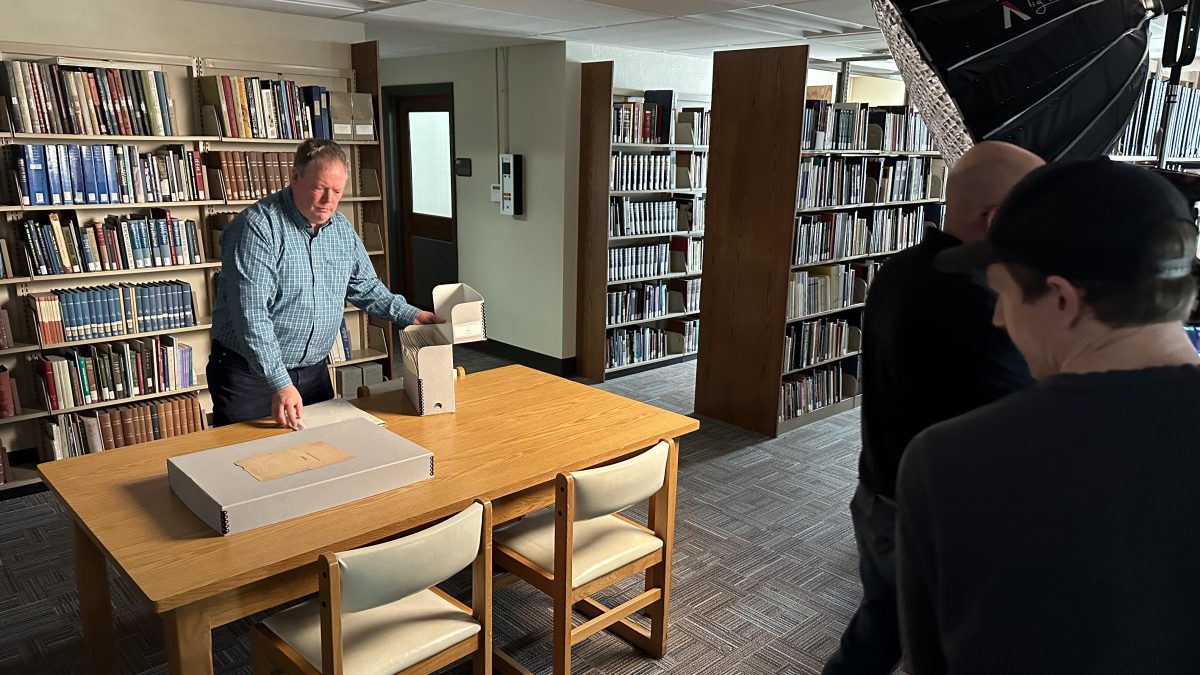
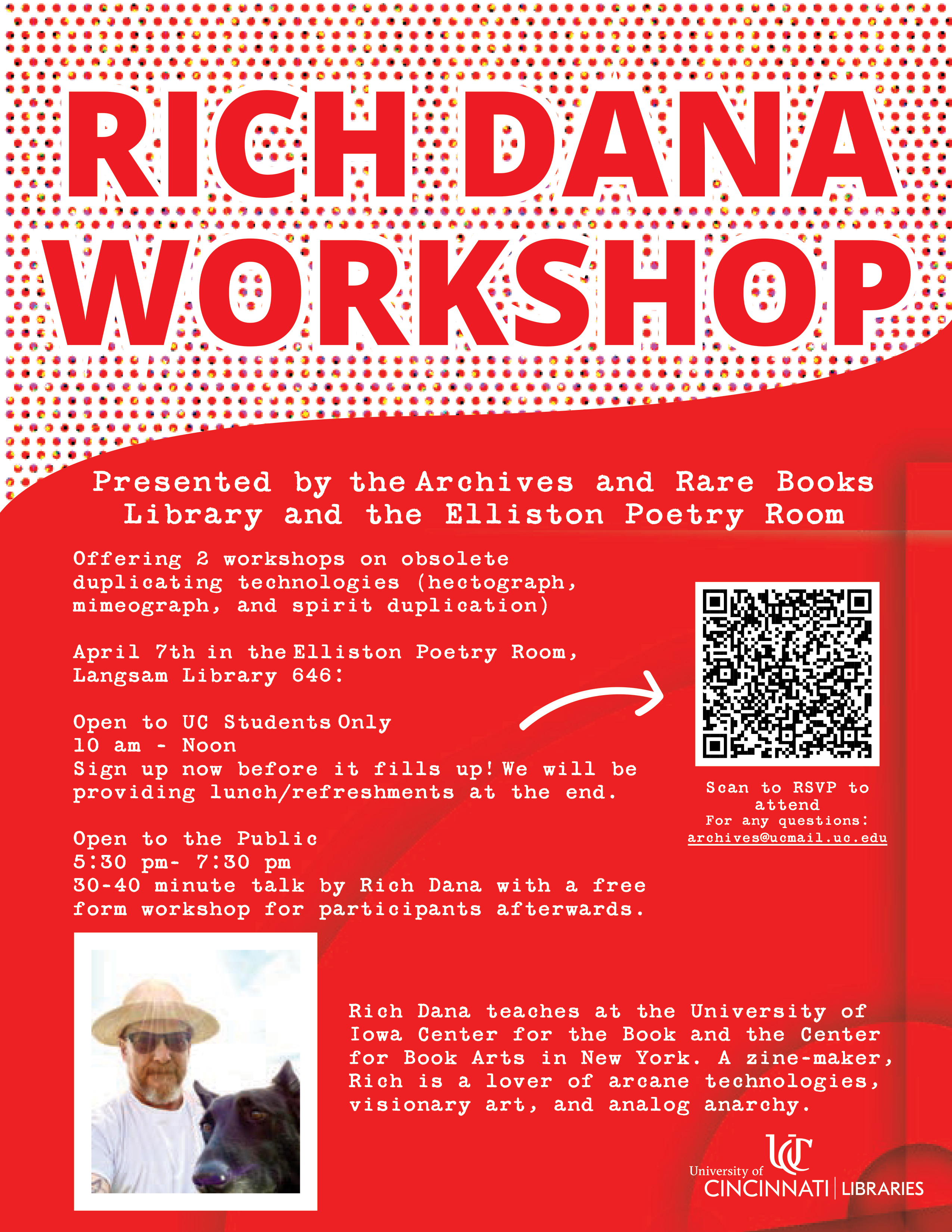

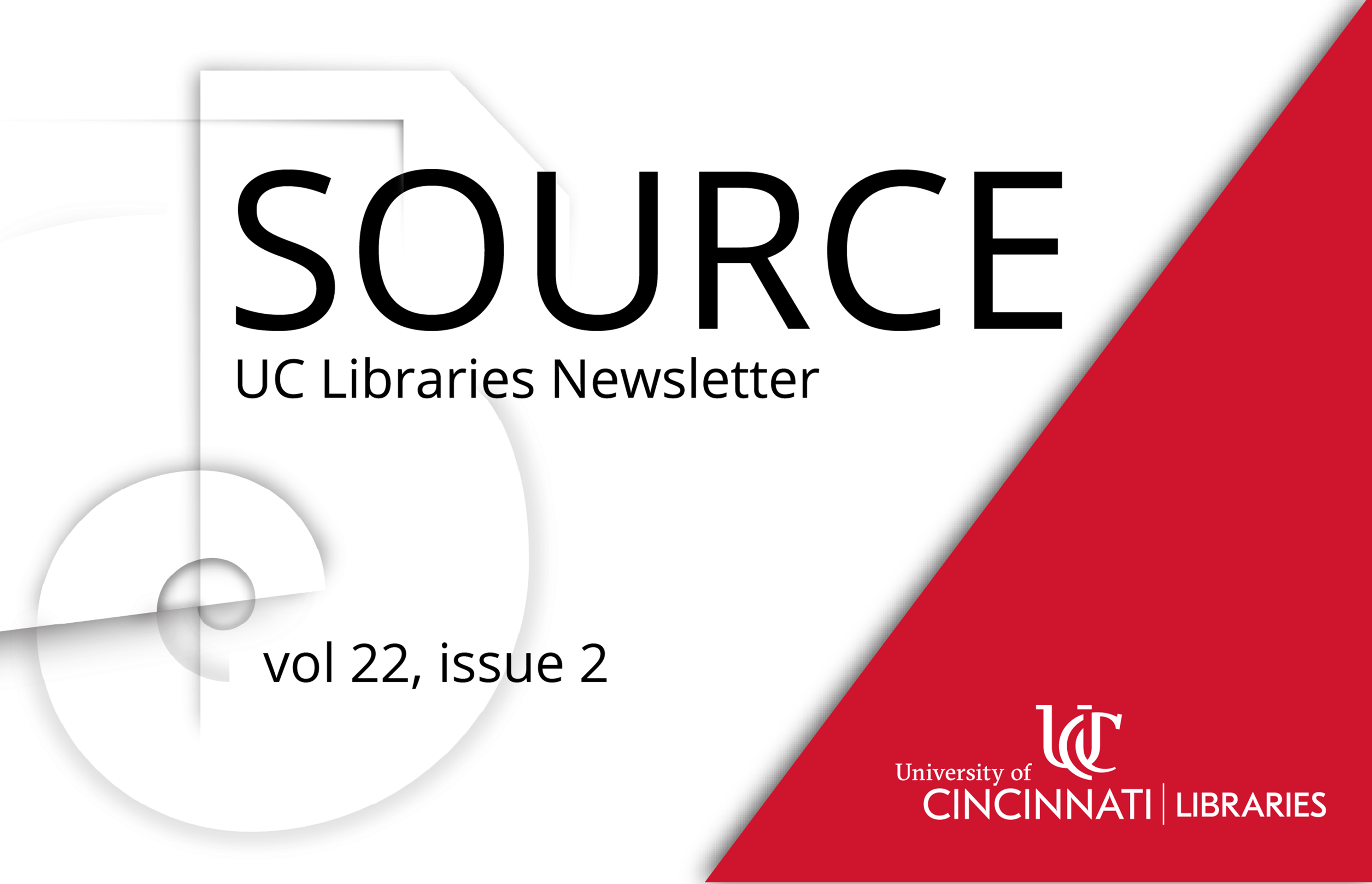
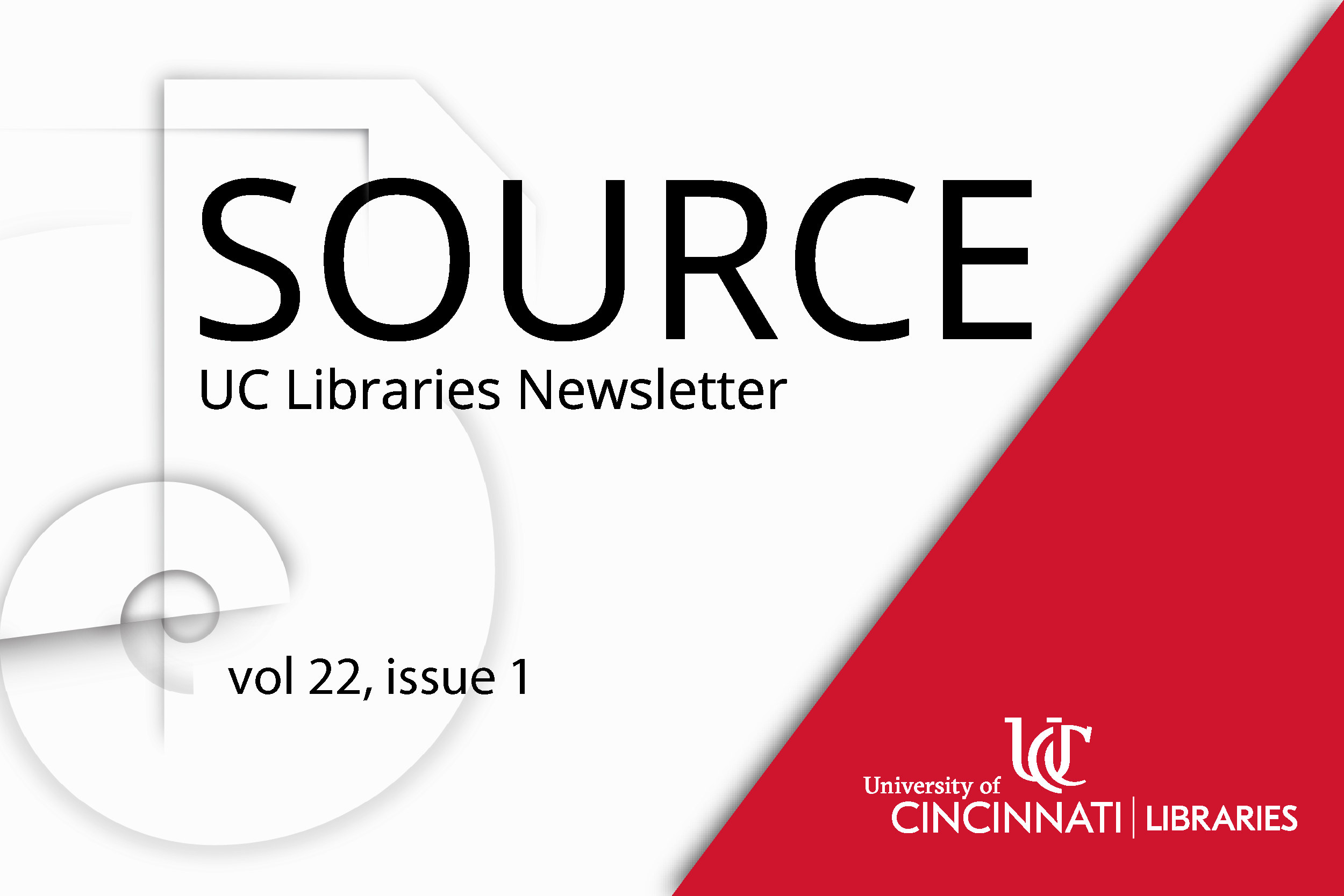
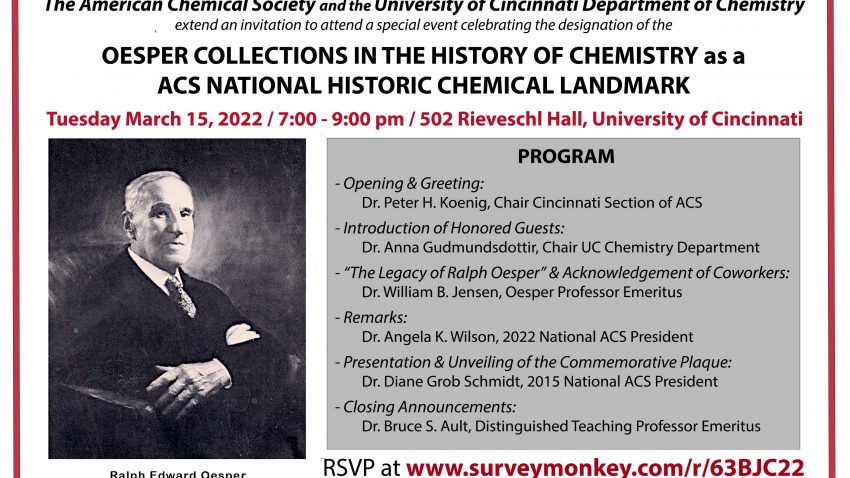
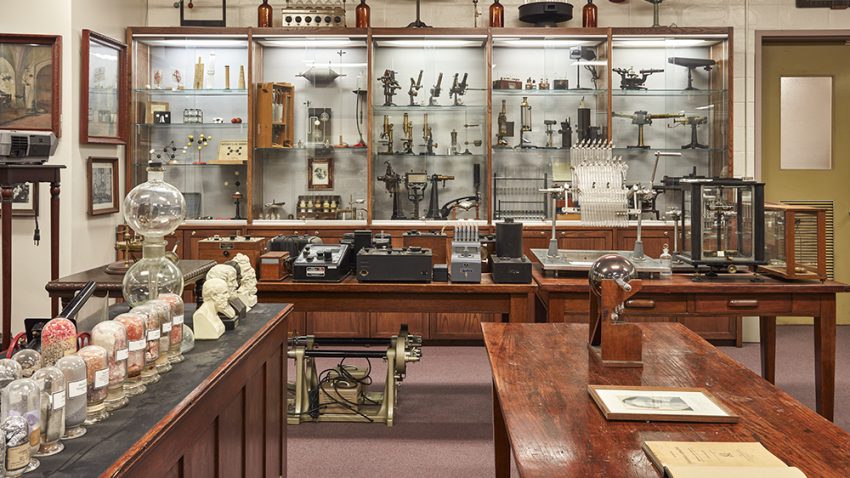
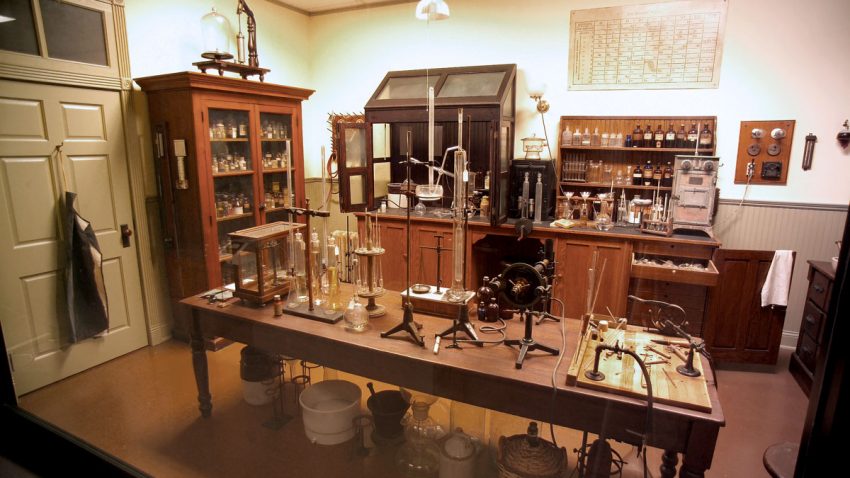
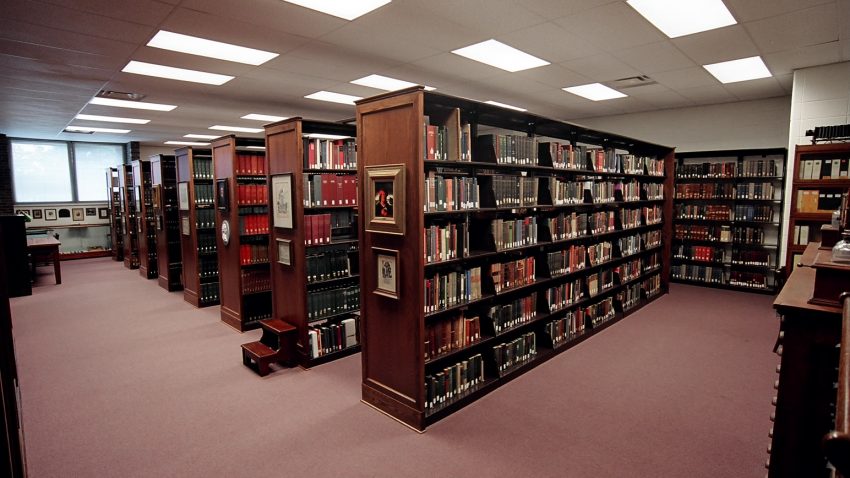
 Read Source, the online newsletter, to learn more about the news, events, people and happenings in UC Libraries.
Read Source, the online newsletter, to learn more about the news, events, people and happenings in UC Libraries.